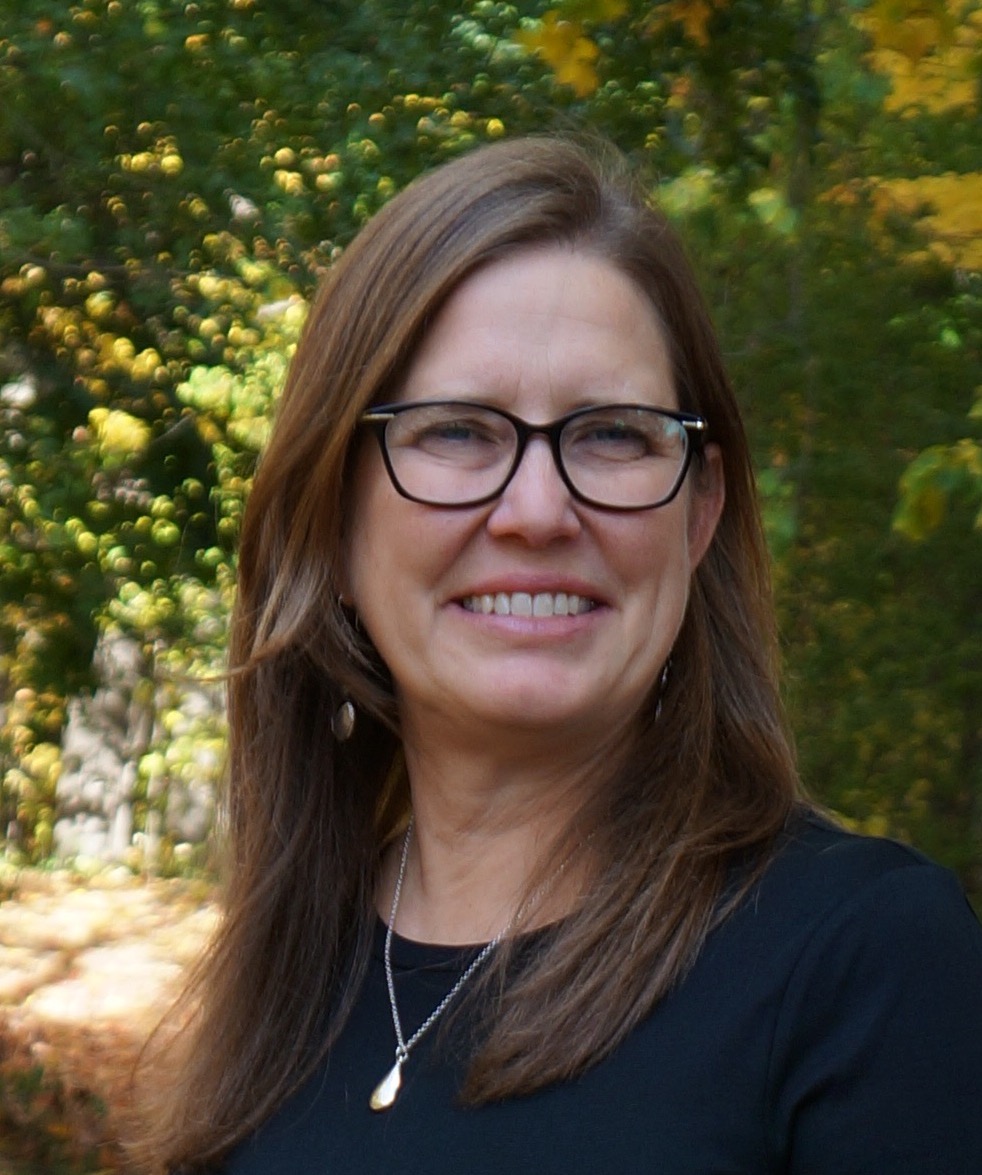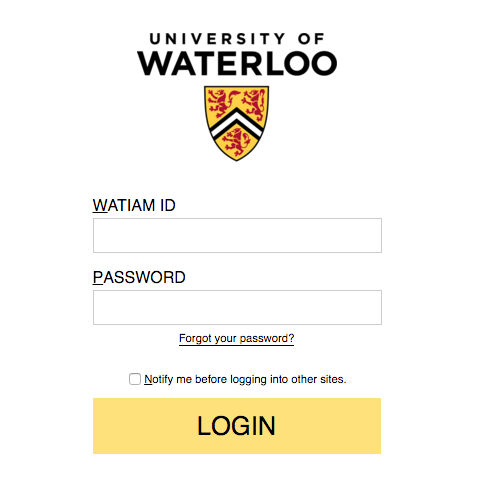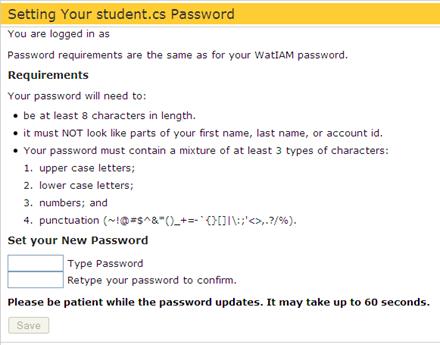CS 105
Introduction to Computer Programming 1
School of Computer Science
University of Waterloo
An introduction to the fundamentals of computer programming through media computation. Students will learn to write interactive graphical programs. Fundamental language concepts such as variables, conditionals, loops, functions, and arrays. Programming concepts such as coding style, modular design, testing, and debugging. Media concepts such as 2D graphics drawing, input, animation, and image processing.
Staff

Email: sandy.graham@uwaterloo.ca


Email: cs105@uwaterloo.ca
Lab Availability
Laboratories equipped with Macs running Mac OS X are located in MC2062, MC2063, MC3004, MC 3005, and MC3027 are usually open 24 hours a day. You may use the machines at any time.
This system contains the memory, CPU, hard disk and the CD player in the main system unit. Your files will be stored on a centrally located file server on a network, which enables you to access your files from any of the computers in the lab. You can retrieve your files from any connected computer.
When using the UW lab, never save your files to the desktop as you risk losing your work because the desktop is not part of the shared, saved network. Always store your documents and folders under the Documents folder provided.
It is expected that each student will work in a responsible manner and exercise good judgment and common sense. If at any time you are not sure how to handle a particular situation, please ask your ISA, instructor, or ISC for advice.
Your UW User ID
Even if you use your own computer for this course, you still need access to some services provided by the University. For this purpose, a User ID has been created for you using the University of Waterloo standard of your initials (as shown on your student ID card), followed by your last name, with spaces, apostrophes, periods, and hyphens removed and with a maximum of 8 characters. To distinguish users who would otherwise have identical User IDs, digits may have been inserted after the first initial, producing a User ID such as j22smith. This is the "username" that you use for many university related functions, including signing on to Quest and D2L.
All students in CS 100 have been allocated computing resources for the course in the student.cs environment managed by the Cheriton School of Computer Science. You will use these facilities for storing Web pages and for working with the Wiki. You may also use the on-campus CS 100 Labs (Mac computers running Mac OS X). Access to the student.cs environment is also based on your User ID.
Setting Your Password
There is a Web interface at https://www.student.cs.uwaterloo.ca/password/ for setting or changing your password. You need to use that interface in order to set the password you will use when logging onto a Mac in the UW Lab.
Follow the instructions given on that site. You will first be presented with a screen asking you to enter your UW User ID and password in order to confirm your identity.

You will then be presented with a page in which you can enter the password you wish to use.
Although the same User ID is used for multiple systems, the password you use to sign onto the student.cs environment is not the same as the password you use to sign onto WatIAM, LEARN, or Quest.

As explained on that page, there are several restrictions on valid passwords for the CS environment, and you might have to try several alternatives before one is acceptable. The purpose of these restrictions is to make it difficult for others to guess or "discover" your password and thereby access your personal property stored on the system.
As you type the password you wish to use, the system will respond with messages explaining what needs to be changed. For example, you might see one of the following:

Eventually you will see:

Type the same password into the confirmation box and then press save. Starting approximately five minutes later (the time needed to propagate your password to the various systems in the CS environment), you will be able to sign onto any Mac in the CS 100 lab.
It is important that either you logout or you close the browser when you are done, since your UW User ID and password will have been temporarily stored; if they are not deleted by closing the browser, the next student using the machine could access your grades or other personal information.
Logging Into the OS X Network
If the computer is not already on (for the Mac, either the desktop is visible on the screen or the white light under the screen is on), turn your Mac on by pressing the power key (located on the back of the iMac's monitor).
After a few seconds the screen will display a form allowing you to log in. You should see the cursor blinking in the box to the right of a User ID or see that the Name: box and any contents in it are highlighted. Use the keyboard to type in your UW User ID (the same as you use for D2L and WatIAM). Be careful: there are no spaces or periods in your User ID. Press the tab key to advance to the Password box and enter the password you set through the Web interface. To complete the login process, position the mouse over the button marked Log in and click with the left mouse button.
If the login window on your screen "shakes", it means there is an error with your User ID or your password.
First, verify your User ID. Check that the caps lock key is not on. If your User ID is typed correctly, highlight
the password line by clicking at the beginning of the password and dragging to the end, delete your password then
retype it. Once you have retyped the password, click the Log In button. If the login window "shakes" again, ask
an ISA for assistance, try another computer in the Lab, or reset your password using the Web interface.
A Successful Login
At this point, you have completed the first process of logging into the computer system. Once you log in, your screen will display a desktop.
The Macintosh HD icon represents a hard disk physically located inside your computer. This disk contains all applications, preferences and information needed for the computer to run properly.
One advantage of using a network is that you can use any computer on the network to retrieve your files if they are stored in a central location. Several of the disk icons that appear on your screen do not reside physically on your computer. Instead, they are stored elsewhere by your computing service provider. A disk to which you have access but is not located on your computer is known as a virtual disk.
Much of the information on a networked computer applies to all users. Other data is specific to you the user, such as your User ID and password. In order to personalize your working environment, the computer uses preferences to store settings that are unique to you. Before you begin using applications on the computer, you need to personalize your environment.
Policies
Academic Integrity
In order to maintain a culture of academic integrity, members of the University of Waterloo community are expected to promote honesty, trust, fairness, respect and responsibility. Please take the time and go through the following:
To better understand the basic values of academic integrity and the consequences of academic misconduct please refer to Academic Integrity tutorial.
Grievance
A student who believes that a decision affecting some aspect of his/her university life has been unfair or unreasonable may have grounds for initiating a grievance. Read Policy 70, Student Petitions and Grievances, Section 4. When in doubt please be certain to contact the department's administrative assistant who will provide further assistance.
Discipline
A student is expected to know what constitutes academic integrity, to avoid committing an academic offence, and to take responsibility for his/her actions (see Academic Integrity Guidelines ). A student who is unsure whether an action constitutes an offence, or who needs help in learning how to avoid offences (e.g., plagiarism, cheating) or about 'rules' for group work/collaboration should seek guidance from the course instructor, academic advisor, or the undergraduate Associate Dean. For information on categories of offences and types of penalties, students should refer to Policy 71, Student Discipline. For typical penalties check Guidelines for the Assessment of Penalties
Appeals
A decision made or penalty imposed under Policy 70 (Student Petitions and Grievances) (other than a petition) or Policy 71 (Student Discipline) may be appealed if there is a ground. A student who believes he/she has a ground for an appeal should refer to Policy 72 (Student Appeals)
Final Grades
In accordance with Policy 46, Appendix A - Access to and Release of Student Information, the Centre for Extended Learning does not release final examination grades or final course grades to students. Students must go to Quest to see all final grades. Any grades posted in Waterloo LEARN are unofficial.
AccessAbility Services
AccessAbility Services, located in Needles Hall, Room 1401, collaborates with all academic departments to arrange appropriate accommodations for students with disabilities without compromising the academic integrity of the curriculum. If you require academic accommodations to lessen the impact of your disability, please register with them at the beginning of each academic term.
Mental Health
If you or anyone youknow experiences any academic stress, difficult lifeevents, or feelings like anxiety or depression, we strongly encourage you to seek support.
On-campus Resources
- Campus Wellness
- Counselling Services: 519-888-4567 ext 32655 / NeedlesHall North 2nd floor, (NH 2401)
- MATES: one-to-one peer support program offered by Federation of Students (FEDS) and Counselling Services
- Health Services service: located across the creek from Student Life Centre, 519-888-4096.
Off-campus Resources
- Good2Talk (24/7): Free confidential help line for post-secondary students. Phone: 1-866-925-5454
- Here 24/7: Mental Health and Crisis Service Team. Phone: 1-844-437-3247
- OK2BME: set of support services for lesbian, gay, bisexual, transgender or questioning teens in Waterloo. Phone: 519-884-0000 extension 213
Diversity
It is our intent that students from all diverse backgrounds and perspectives be well served by this course, and that students’learning needs be addressed both in and out of class. We recognize the immense value of the diversity in identities, perspectives, and contributions that students bring, and the benefit it has on our educational environment. Your suggestions are encouraged and appreciated. Please let us know ways to improve the effectiveness of the course for you personally or for other students or student groups. In particular:
- We will gladly honour your request to address you by an alternate/preferred name or gender pronoun. Please advise us of this preference early in thesemester so we may make appropriate changes to our records.
- We will honour your religious holidays and celebrations. P lease inform of us these at the start of the course.
- We will follow AccessAbility Services guidelines and protocols on how to best support students with different learning needs.
Other Sources
Respect the copyright of others and abide by all copyright notices and regulations when using the computing facilities provided for your course of study by the University of Waterloo. No material on the Internet or World Wide Web may be reproduced or distributed in any material form or in any medium, without permission from copyright holders or their assignees. To support your course of study, the University of Waterloo has provided hypertext links to relevant websites, resources, and services on the web. These resources must be used in accordance with any registration requirements or conditions which may be specified. You must be aware that in providing such hypertext links, the University of Waterloo has not authorized any acts (including reproduction or distribution) which, if undertaken without permission of copyright owners or their assignees, may be infringement of copyright. Permission for such acts can only be granted by copyright owners or their assignees.
If there are any questions about this notice, please contact the University of Waterloo, Centre for Extended Learning, Waterloo, Ontario, Canada, N2L 3G1 or extendedlearning@uwaterloo.ca
Territorial Acknowledgement
We acknowledge that we live and work on the traditional territory of the Neutral, Anishinaabeg and Haudenosaunee peoples. The University of Waterloo is situated on the Haldimand Tract, the land promised to the Six Nations that includes six miles on each side of the Grand River.